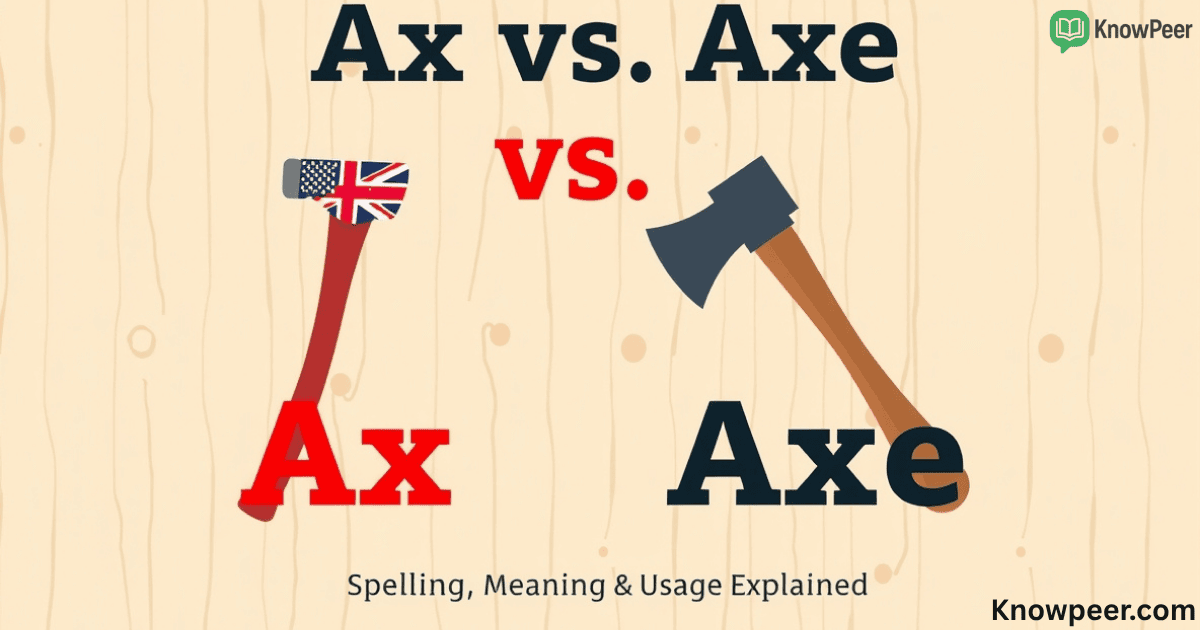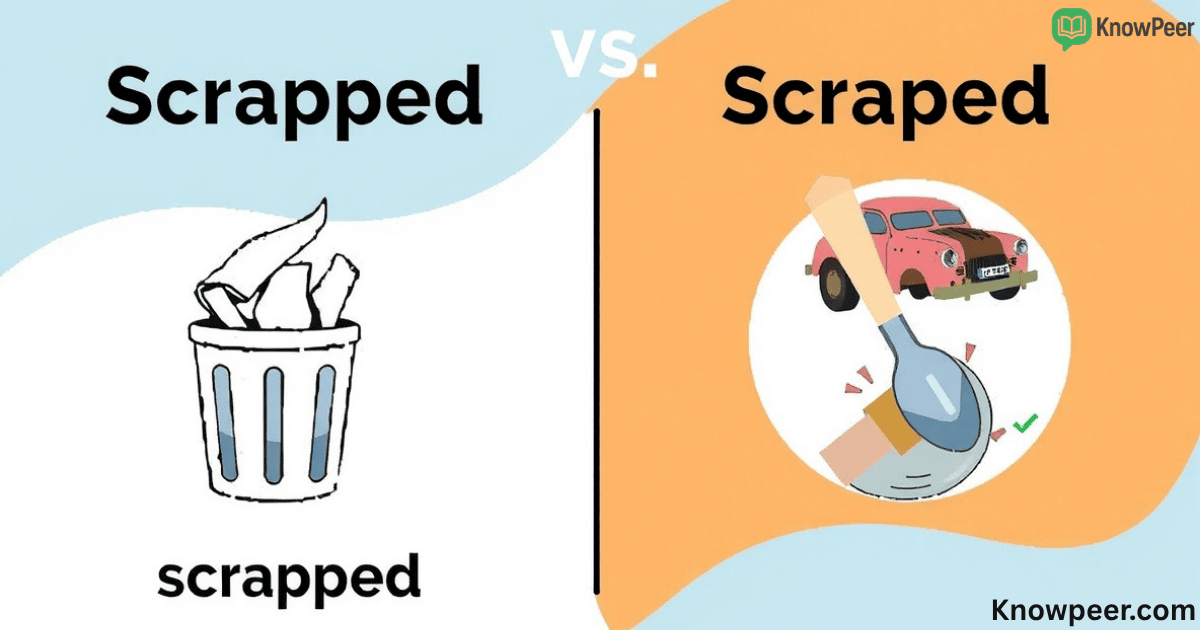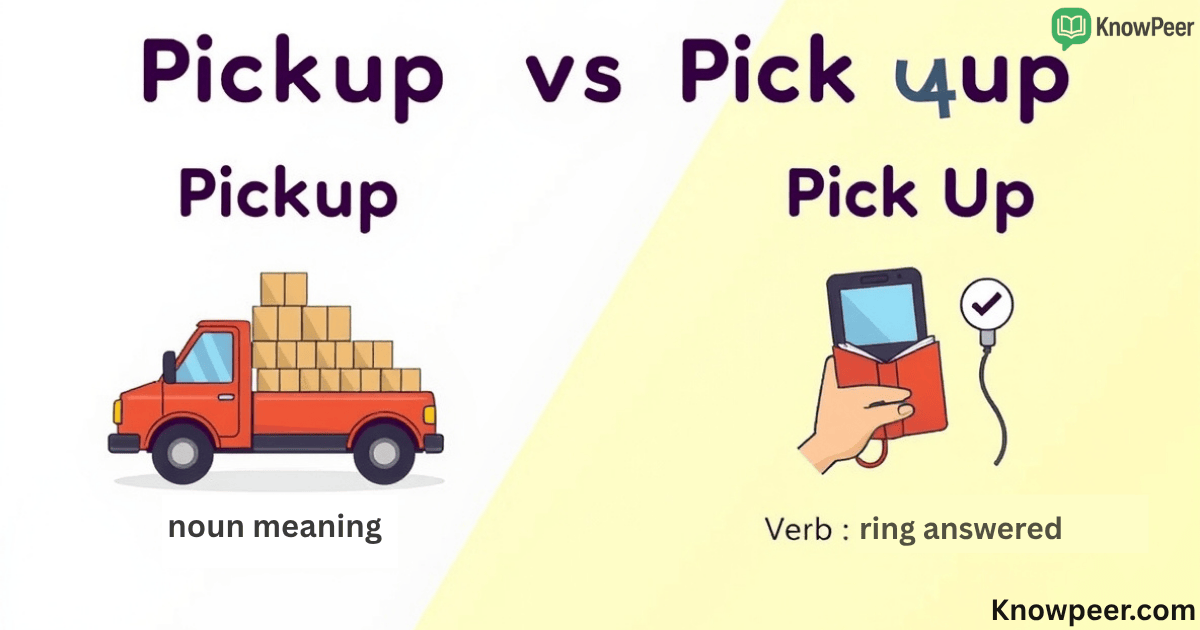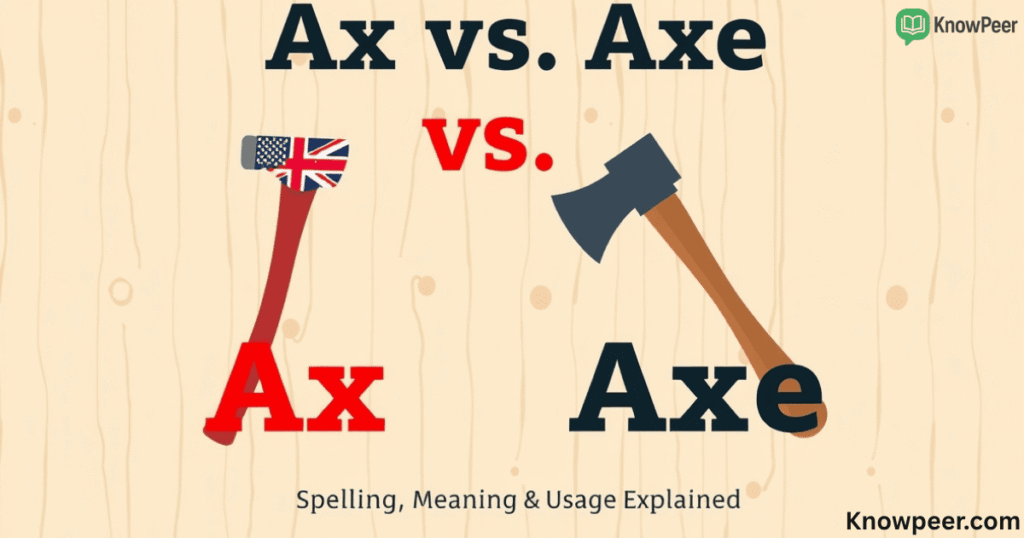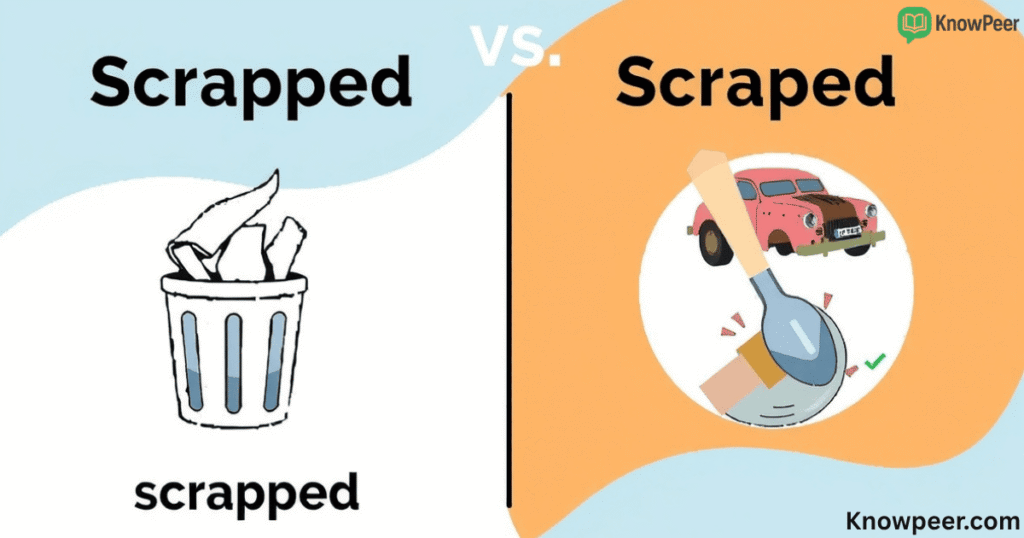If you’ve ever wondered whether to write hoodie or hoody, you’re not alone. This small spelling difference creates big confusion. Both words sound the same, and both refer to the same popular piece of casual wear. But which one is the correct spelling of hoodie? And does it matter which version you use? Let’s dig into the facts, the history, and real-life usage to clear it all up.
Language is full of small changes and spelling differences, especially in informal English words. Sometimes it’s about British vs American spelling. Other times, it’s about how words evolve in pop culture or streetwear. In the case of hoodie vs hoody, it’s a mix of history, grammar, branding, and even SEO. This guide will walk you through everything with real examples, simple language, and helpful details.
Hoodie or Hoody? A Real Spelling Dilemma
The question of whether to write hoodie or hoody may seem small, but it’s caused real confusion for many people. You’ll see both spellings used in magazines, fashion blogs, online shops, and social media. Sometimes they appear in the same place, leaving readers unsure which is correct. The truth is, both spellings are used, but they are not equal in popularity or impact. One has clearly become more accepted, especially in digital and global spaces. This isn’t just a grammar issue — it’s about how people speak, write, and even shop online.
The word hoodie is now seen as the standard form. It appears in nearly all major English dictionaries and is used by popular fashion brands and online platforms. You’ll find it listed in product names on Amazon, used in song lyrics, and shown in trend reports. But that doesn’t mean hoody is wrong. It’s a variant spelling, meaning it’s still correct but used less often. Some people in the UK or those who prefer informal spelling still choose hoody, especially in local ads or personal blogs.
This spelling confusion is a perfect example of how language is always changing. Fashion, culture, and even algorithms shape the words we use. That’s why it’s important to understand not just what a word means, but also how it’s used in real life. Choosing between hoodie or hoody comes down to audience, tone, and purpose — and knowing the difference gives you the power to pick the best one.
Hoodie vs Hoody: What Do They Actually Mean?
Both hoodie and hoody refer to the same thing — a hooded sweatshirt, usually made from cotton or fleece, and worn for comfort. It may have a front pocket, drawstrings, and sometimes a zipper. This item has become a standard part of streetwear language and youth fashion around the world. So when we talk about hoodie meaning or hoody meaning, we’re not talking about two different items. We’re just talking about different ways of spelling the same word.
Even though both versions sound identical when spoken, the way they’re written can influence tone and context. For example, hoodie spelling is seen more in global e-commerce and digital content, while hoody spelling pops up in older, printed British catalogs. But again, they mean the same thing.
The Origin Story: Where Did These Spellings Come From?
To understand the spelling issue, we need to go back in time. The word “hood” dates back to Old English, and it originally meant a covering for the head. Over time, people started calling sweatshirts with hoods simply “hoodies.” This word grew from slang into an accepted term in the fashion world.
The word hoody came later, likely as a phonetic spelling of how “hoodie” sounds in casual speech. It mirrors how we write words like “goody” or “baddie.” But hoodie origin is stronger and more widely accepted because of its earlier use and appearance in dictionaries.
Hoodie: The Globally Accepted Standard
Today, hoodie is the dominant form. You’ll find it in almost every dictionary hoodie entry, including Oxford, Cambridge, Merriam-Webster, and Collins. Brands, retailers, and major platforms like Amazon and Google also favor this spelling. In SEO terms, hoodie search trends far outperform “hoody.”
Here’s a quick look at current search data:
| Spelling | Monthly Global Searches | Found in Major Dictionaries | Used by Brands |
| Hoodie | 1,000,000+ | Yes | Yes |
| Hoody | 10,000–15,000 | Sometimes | Rarely |
So if you’re writing for a global audience, or working in digital fashion, hoodie is the safest bet. It has more reach, better recognition, and stronger hoodie SEO value.
Hoody: The Less Common, Yet Still Valid Option
While hoodie is the more popular choice today, hoody hasn’t completely disappeared. It’s still seen in everyday writing, especially in places where informal English words are more accepted. Some people in the UK prefer hoody spelling because it matches the way the word sounds when spoken. It’s also a natural fit for the style of slang used in music, art, and youth culture. Even though it’s not as common, hoody remains a valid variant spelling that shows up in older British publications, regional ads, and small fashion brands trying to sound different or nostalgic.
You might also come across dictionary hoody entries in places like the Collins English Dictionary, which marks it as an alternative to hoodie. But you won’t find it in every dictionary, and major fashion websites rarely use it. That’s why it can look out of place in global or professional writing. Brands that care about reach, clarity, and strong digital performance usually avoid it. They know that using hoody could hurt their SEO for hoodie content and confuse shoppers in product listings.
Still, if you’re writing something casual, personal, or creative, hoody usage might work just fine. It brings a touch of personality and local flavor. Just make sure to stay consistent with whichever form you choose. Switching between hoodie or hoody in the same piece can look messy and unprofessional. And in the world of writing, consistency is always more important than trend.
Spelling in Action: Grammar Rules and Plural Forms

When it comes to grammar, both words follow standard English rules. The plural of hoodie is hoodies, and the plural of hoody is also hoodies. That’s because in English, words ending in -y usually change -y to -ies in plural, unless the y follows a vowel.
Here’s a quick grammar guide:
| Word | Singular | Plural |
| Hoodie | hoodie | hoodies |
| Hoody | hoody | hoodies |
As for hoodie grammar and hoody grammar, both follow typical noun usage. You can say, “He’s wearing a hoodie,” or “She bought two hoodies.” The grammar doesn’t change based on the spelling, but it’s important to be consistent within your writing.
Real Usage Examples Across Contexts
You’ll see both words in writing, but not equally. In social media captions or informal spelling, people sometimes use “hoody” for fun or to stand out. But in professional fashion writing, hoodie usage wins almost every time.
Here are a few real-world examples:
Fashion Blog:
“She styled her oversized hoodie with skinny jeans for a relaxed weekend look.”
Regional Print Ad (UK):
“Get your custom hoody printed locally in Manchester!”
Literature (Youth Novel):
“He pulled his hoodie over his head and walked away, silent.”
Influence of Brands, Culture & Regional Speech
The spelling of hoodie or hoody isn’t just about grammar. It’s also shaped by culture, branding, and where you live. Big fashion brands like Nike, Adidas, and Champion have helped make hoodie spelling more popular around the world. These companies use “hoodie” on product tags, websites, and ads. That’s one big reason why this version is now seen as the global standard. When people see a word often, especially on clothing labels or social media, they tend to copy it.
In music, movies, and street fashion, hoodie in pop culture has become a symbol of youth and casual style. Rappers, athletes, and artists wear hoodies in music videos, making the word even more popular. You’ll also hear the word in hoodie in song lyrics, showing how deep it runs in modern slang and streetwear.
Still, in parts of the UK and Ireland, hoody regional spelling hasn’t fully faded. In local speech or small ads, “hoody” may still appear. This reflects casual language differences that come from accents, traditions, and writing habits. Even so, most people switch to hoodie usage when writing for a wider audience, especially online. It’s simply clearer and more expected worldwide.
Search Trends & Digital Usage in the Age of SEO

Search engines prefer consistency. That’s why SEO for hoodie content performs better than “hoody.” It’s about what users type in. On platforms like Etsy or Amazon, “hoodie” brings up thousands more results. Google Trends also shows the term “hoodie” being searched at least 90% more than “hoody.”
If you’re selling clothing, writing content, or building a brand, the right choice is clear. The word hoodie dominates the digital space. That’s why hoodie vs hoody SEO matters so much for online visibility.
Making the Right Choice: Which Should You Use?
So which is the correct spelling of hoodie? The answer depends on who you’re talking to and what you’re writing. If you’re aiming for professional or global communication, hoodie is the best choice. It’s more standard, better for SEO, and recognized worldwide.
However, if you’re writing something creative, regional, or meant to sound casual, hoody is still an option. Just stay consistent. Don’t switch between hoodie or hoody in the same document unless you’re comparing the two.
Summary Table: Hoodie vs Hoody at a Glance
| Feature | Hoodie | Hoody |
| Common Use | Global, Digital, Brands | UK Regional, Informal |
| SEO Strength | High | Low |
| Found in Dictionaries | Yes | Sometimes |
| Plural Form | Hoodies | Hoodies |
| Cultural Use | Mainstream, Pop Culture | Vintage, Local Print |
| Professional Writing | Recommended | Not Recommended |
Final Thoughts
The difference between hoodie and hoody is small on the surface but big in meaning. It tells us a lot about language evolution, clothing terminology confusion, and how spelling affects perception. Words change with time, trends, and technology. What matters is how you use them with purpose.
So the next time you write about your favorite casual wear, or list products online, ask yourself: Do I want reach or style? Clarity or edge? Either way, now you know exactly what each spelling means and how it works in real life.

